Home>Kitchen & Cooking>Kitchen Gadgets & Utensils>What Is Silver-Plated Flatware
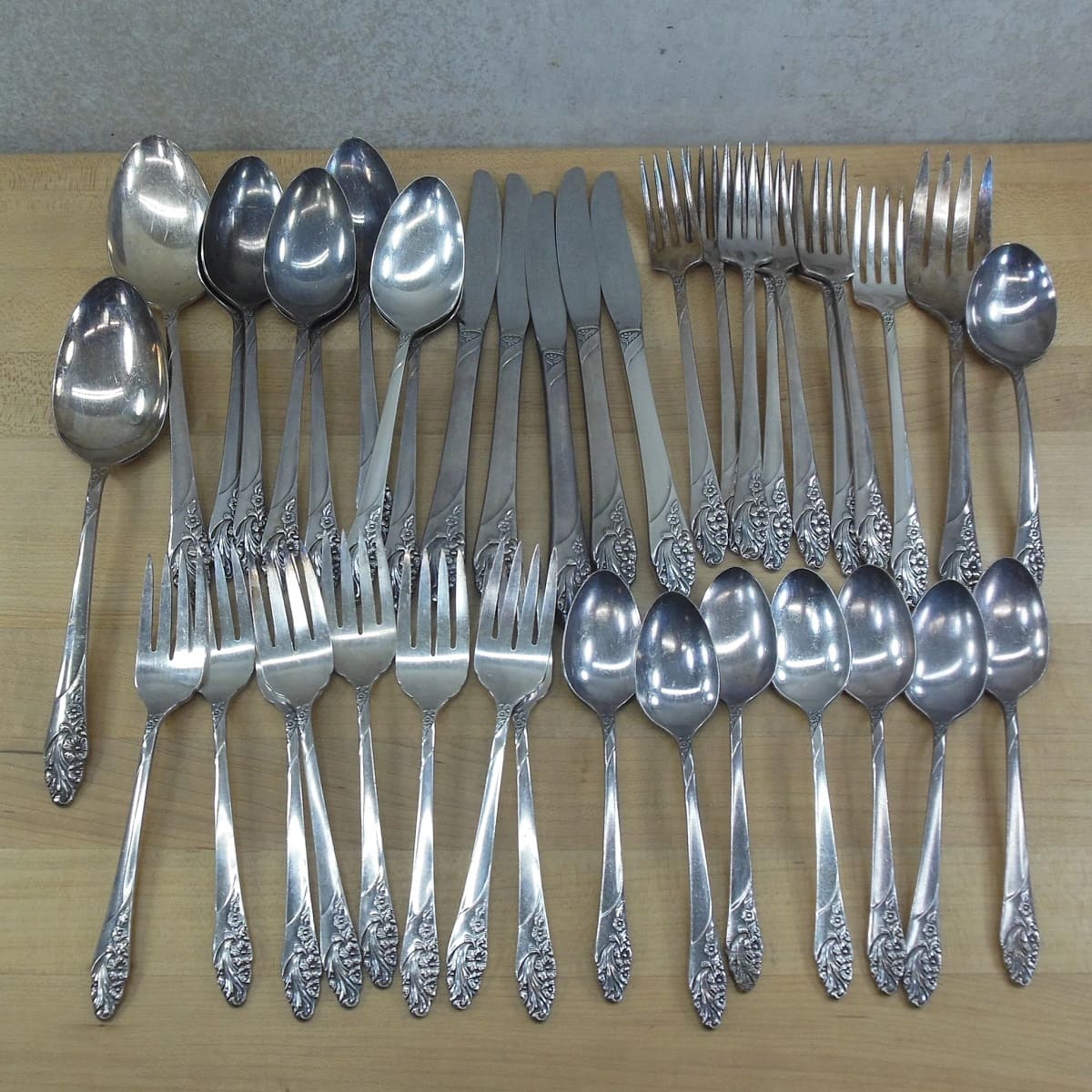

Kitchen Gadgets & Utensils
What Is Silver-Plated Flatware
Modified: March 2, 2024
Discover the elegance of silver-plated flatware for your kitchen. Explore our collection of kitchen gadgets and utensils for a touch of sophistication to your dining experience.
(Many of the links in this article redirect to a specific reviewed product. Your purchase of these products through affiliate links helps to generate commission for Storables.com, at no extra cost. Learn more)
Introduction
Silver-plated flatware is a timeless and elegant addition to any dining table. It exudes sophistication and charm, elevating the dining experience to a new level of refinement. This exquisite flatware is not only functional but also serves as a statement of style and taste.
The allure of silver-plated flatware lies in its captivating blend of beauty and practicality. Crafted with precision and artistry, each piece reflects the rich heritage of traditional craftsmanship while embracing modern design sensibilities. Whether used for everyday dining or special occasions, silver-plated flatware adds a touch of luxury and grace to any setting.
As we delve into the world of silver-plated flatware, we will explore its fascinating history, the intricate process of its creation, its versatile uses, and the essential care and maintenance practices to preserve its luster. Additionally, we will distinguish between silver-plated and sterling silver flatware, shedding light on the unique characteristics of each.
Join us on this journey to unravel the timeless allure of silver-plated flatware and discover the artistry and craftsmanship that make it a cherished and indispensable part of the dining experience.
Key Takeaways:
- Silver-plated flatware adds elegance and sophistication to dining tables, with a rich history dating back to the 18th century. Its timeless allure makes it a cherished heirloom and a symbol of refined taste.
- Understanding the differences between silver-plated and sterling silver flatware empowers individuals to make informed choices based on their preferences and appreciation for fine craftsmanship. Each type offers unique characteristics and values for different lifestyles and occasions.
Read more: What Is Silver-Plated Flatware Worth
History of Silver-Plated Flatware
The history of silver-plated flatware is a captivating tale that intertwines craftsmanship, innovation, and the pursuit of elegance. The origins of silver-plating can be traced back to the 18th century, a period marked by a burgeoning demand for luxury items and a growing fascination with ornate tableware.
During this era, the cost of solid silver flatware posed a significant barrier to widespread ownership, leading to the development of silver-plating as a more affordable alternative. The technique of silver-plating involved fusing a thin layer of silver onto a base metal, such as copper or brass, creating a lustrous and durable finish that closely resembled solid silver. This ingenious method made it possible for a broader segment of society to enjoy the opulence and grandeur associated with silver tableware.
The 19th century witnessed a remarkable surge in the popularity of silver-plated flatware, driven by advancements in manufacturing processes and the rise of industrialization. Renowned silversmiths and artisans embraced silver-plating as a means to cater to the growing demand for exquisite dining utensils, thereby democratizing access to refined table settings.
The Victorian era, in particular, saw a proliferation of elaborate and intricately designed silver-plated flatware, reflecting the prevailing aesthetic tastes and societal norms of the time. The opulence and grandeur of silver-plated flatware became synonymous with gracious dining and refined entertaining, symbolizing an era of elegance and sophistication.
As the 20th century unfolded, silver-plated flatware continued to hold a prominent position in households around the world. Its enduring appeal transcended changing trends and remained a cherished heirloom passed down through generations, embodying a legacy of timeless elegance and enduring craftsmanship.
Today, the legacy of silver-plated flatware endures, captivating connoisseurs and enthusiasts with its rich history and timeless allure. Its journey from a practical solution to a symbol of refinement mirrors the evolution of societal values and the enduring appreciation for artistry and beauty in everyday life. The history of silver-plated flatware stands as a testament to the enduring legacy of craftsmanship and the enduring appeal of exquisite dining accouterments.
How Silver-Plated Flatware is Made
The process of crafting silver-plated flatware is a meticulous and intricate art that combines traditional techniques with modern precision. It begins with the selection of a base metal, often copper or brass, which forms the foundation for the silver-plating process. The chosen metal is shaped into the desired flatware design, whether it be a fork, knife, spoon, or any other utensil, through a series of forging and shaping techniques.
Once the base metal has been formed into the desired shape, it undergoes a thorough cleaning process to remove any impurities or contaminants that could affect the adhesion of the silver layer. This step is crucial in ensuring a flawless and durable silver-plated finish.
The next stage involves the application of a thin layer of silver onto the prepared base metal. This is achieved through a process known as electroplating, wherein the flatware pieces are immersed in a solution containing silver ions. An electrical current is then passed through the solution, causing the silver ions to bond with the surface of the base metal, forming a uniform and resilient silver-plated coating.
Following the electroplating process, the silver-plated flatware undergoes meticulous buffing and polishing to enhance its luster and smooth out any imperfections. Skilled artisans meticulously inspect each piece, ensuring that the silver plating is even and free from blemishes, thereby upholding the impeccable standards of craftsmanship.
The final step in the creation of silver-plated flatware involves the addition of intricate details and embellishments, such as ornate engravings or decorative motifs. These embellishments are often meticulously applied by master craftsmen, adding a touch of artistry and individuality to each piece.
The result is a stunning ensemble of silver-plated flatware that embodies the perfect union of artistry, functionality, and timeless elegance. Each piece reflects the dedication and skill of the artisans who have brought it to life, culminating in a masterpiece that graces dining tables with unparalleled beauty and sophistication.
Uses of Silver-Plated Flatware
Silver-plated flatware serves as a versatile and indispensable companion for a myriad of dining occasions, adding a touch of refinement and elegance to every meal. Whether utilized for everyday dining or special gatherings, its exquisite craftsmanship and timeless allure elevate the dining experience to new heights.
-
Everyday Dining: Silver-plated flatware brings a sense of sophistication to daily meals, transforming ordinary dining moments into extraordinary experiences. Its lustrous finish and graceful designs enhance the visual appeal of the table setting, creating an ambiance of understated luxury for everyday enjoyment.
-
Formal Dining Events: For formal gatherings and celebratory occasions, silver-plated flatware takes center stage, exuding an aura of opulence and grandeur. Its ornate patterns and polished sheen complement the elegance of formal dining settings, making it the perfect choice for weddings, banquets, and upscale events.
-
Entertaining Guests: When hosting guests, silver-plated flatware becomes a captivating focal point, leaving a lasting impression of refined hospitality. Its exquisite craftsmanship and timeless charm elevate the art of entertaining, adding a touch of sophistication to social gatherings and dinner parties.
-
Special Celebrations: During festive seasons and special celebrations, silver-plated flatware becomes an essential element of the dining experience, symbolizing tradition and grace. Whether used for holiday feasts or intimate family gatherings, it infuses the occasion with a sense of timeless elegance and cherished heritage.
-
Gift-Giving: Silver-plated flatware holds a revered place in the realm of thoughtful gifts, offering a timeless expression of appreciation and affection. Its enduring beauty and practical utility make it a cherished present for weddings, anniversaries, and other significant milestones, symbolizing enduring relationships and cherished memories.
-
Heirloom Legacy: Passed down through generations, silver-plated flatware embodies a legacy of timeless elegance and familial heritage. Its enduring appeal and sentimental value make it a cherished heirloom, carrying with it the stories and traditions of bygone eras, creating a tangible link to the past.
In essence, silver-plated flatware transcends mere functionality, becoming a symbol of refined taste, cherished traditions, and enduring elegance. Its uses extend beyond the realm of dining, weaving a narrative of timeless allure and cultural significance, enriching the fabric of everyday life with a touch of timeless splendor.
Care and Maintenance of Silver-Plated Flatware
Proper care and maintenance are essential to preserve the luster and beauty of silver-plated flatware, ensuring that it continues to grace dining tables with timeless elegance for generations to come. By following these simple yet effective guidelines, you can safeguard the exquisite finish and intricate details of your silver-plated flatware, maintaining its allure and charm.
Read more: How To Polish Silver-Plated Flatware
Cleaning
Regular cleaning is crucial to prevent tarnishing and maintain the brilliance of silver-plated flatware. Hand wash the flatware promptly after use, using mild dish soap, warm water, and a soft cloth. Avoid abrasive sponges or harsh cleaning agents, as they can damage the delicate silver plating. Thoroughly dry the flatware with a soft, lint-free towel to prevent water spots and tarnish.
Storage
Proper storage plays a pivotal role in preserving the pristine condition of silver-plated flatware. Store the flatware in a tarnish-resistant chest or a soft cloth pouch to shield it from exposure to air and moisture, which can accelerate tarnishing. Additionally, consider placing anti-tarnish strips or silica gel packets in the storage area to absorb excess moisture and prevent tarnish formation.
Polishing
Regular polishing helps maintain the radiant sheen of silver-plated flatware. Use a high-quality silver polish and a soft, non-abrasive cloth to gently polish the flatware, taking care to follow the natural grain of the metal. Avoid over-polishing, as excessive rubbing can wear down the silver plating. After polishing, buff the flatware with a clean, dry cloth to achieve a brilliant shine.
Gentle Handling
Handle silver-plated flatware with care to prevent scratches and damage to the delicate silver layer. When setting the table or serving meals, avoid stacking the flatware, as this can lead to scratches and abrasions. Use soft, non-abrasive cotton gloves when handling the flatware to minimize fingerprints and smudges, preserving its pristine appearance.
Read more: What Is Silver Flatware Worth
Avoiding Harsh Substances
Refrain from exposing silver-plated flatware to harsh chemicals, acidic foods, or prolonged contact with salt, as these can cause corrosion and tarnishing. Additionally, avoid using silver-plated flatware in direct contact with stainless steel, as this can lead to a chemical reaction that damages the silver plating.
By adhering to these care and maintenance practices, you can safeguard the timeless allure and exquisite craftsmanship of silver-plated flatware, ensuring that it remains a cherished symbol of refinement and elegance for years to come. With proper care, your silver-plated flatware will continue to enrich dining experiences with its enduring beauty and grace, embodying the artistry and legacy of traditional craftsmanship.
Differences Between Silver-Plated and Sterling Silver Flatware
Silver-plated and sterling silver flatware are both revered for their elegance and timeless appeal, yet they differ significantly in composition, craftsmanship, and value. Understanding the distinctions between these two types of flatware is essential for making informed choices and appreciating their unique characteristics.
Composition
The primary disparity between silver-plated and sterling silver flatware lies in their composition. Silver-plated flatware is crafted by applying a thin layer of silver onto a base metal, such as copper or brass, through a process known as electroplating. In contrast, sterling silver flatware is made from a solid alloy of 92.5% pure silver and 7.5% of another metal, typically copper, to enhance durability. This fundamental contrast in composition results in distinct differences in appearance and durability.
Durability and Longevity
Sterling silver flatware, with its solid silver composition, boasts exceptional durability and longevity. The inherent strength of the sterling silver alloy makes it resistant to tarnishing and ensures that it can withstand frequent use and proper care for generations. On the other hand, while silver-plated flatware exudes a similar lustrous appearance, its thin silver layer is more susceptible to wear and tarnishing over time, requiring delicate handling and regular maintenance to preserve its aesthetic appeal.
Read more: How To Store Silver Flatware
Value and Investment
Another notable discrepancy between silver-plated and sterling silver flatware is their respective value and investment potential. Sterling silver flatware, due to its solid silver content, holds intrinsic value as a precious metal and is often regarded as a valuable heirloom. Its enduring durability and timeless elegance contribute to its status as a cherished investment. In contrast, while silver-plated flatware exudes a luxurious aesthetic, its value is primarily attributed to its craftsmanship and design, rather than its intrinsic metal worth. As a result, silver-plated flatware is generally more affordable than sterling silver flatware, making it an accessible choice for those seeking elegance without the premium associated with solid silver.
Maintenance and Care
The disparity in composition also influences the maintenance and care requirements of silver-plated and sterling silver flatware. Sterling silver flatware, with its solid silver content, necessitates regular polishing to maintain its luster and prevent tarnishing. However, its durable composition allows for more robust cleaning methods. Conversely, silver-plated flatware requires gentler care, as the delicate silver layer can be easily worn down by abrasive cleaning agents or excessive polishing.
In essence, while both silver-plated and sterling silver flatware exude timeless elegance, their differences in composition, durability, value, and maintenance requirements make each type uniquely suited to different preferences and lifestyles. Whether seeking enduring investment pieces or exquisite tableware for special occasions, understanding the distinctions between silver-plated and sterling silver flatware empowers individuals to make informed choices that align with their preferences and appreciation for fine craftsmanship.
Conclusion
In conclusion, silver-plated flatware stands as a testament to the enduring allure of craftsmanship, elegance, and timeless sophistication. Its rich history, spanning centuries of refinement and innovation, reflects the evolution of societal values and the enduring appreciation for artistry and beauty in everyday life. From its humble origins as a practical solution to the embodiment of refined dining experiences, silver-plated flatware has woven a narrative of enduring elegance and cultural significance.
The artistry and precision involved in crafting silver-plated flatware exemplify the seamless fusion of tradition and modernity, resulting in exquisite dining accouterments that transcend mere functionality. Whether adorning everyday dining tables or gracing formal gatherings, silver-plated flatware exudes an aura of opulence and grace, elevating the dining experience to new heights of refinement.
The uses of silver-plated flatware extend beyond the realm of dining, encompassing a spectrum of occasions and traditions. From everyday meals to formal events, from entertaining guests to commemorating special milestones, silver-plated flatware becomes a cherished companion, symbolizing enduring elegance and cherished heritage. Its role as a thoughtful gift and a cherished heirloom further underscores its significance as a timeless expression of refinement and appreciation.
The care and maintenance practices outlined serve as a testament to the commitment to preserving the enduring beauty and allure of silver-plated flatware. By adhering to these guidelines, individuals can safeguard the exquisite craftsmanship and timeless charm of their flatware, ensuring that it remains a cherished symbol of refinement and elegance for generations to come.
Furthermore, the distinctions between silver-plated and sterling silver flatware shed light on the unique characteristics and values of each, empowering individuals to make informed choices that align with their preferences and appreciation for fine craftsmanship. Whether seeking enduring investment pieces or exquisite tableware for special occasions, understanding the differences between these two types of flatware enriches the appreciation for their timeless allure and craftsmanship.
In essence, the journey through the world of silver-plated flatware unveils a legacy of enduring elegance, artistry, and cultural significance. Its timeless allure continues to captivate connoisseurs and enthusiasts, embodying the artistry and legacy of traditional craftsmanship while enriching the fabric of everyday life with a touch of timeless splendor.
Frequently Asked Questions about What Is Silver-Plated Flatware
Was this page helpful?
At Storables.com, we guarantee accurate and reliable information. Our content, validated by Expert Board Contributors, is crafted following stringent Editorial Policies. We're committed to providing you with well-researched, expert-backed insights for all your informational needs.
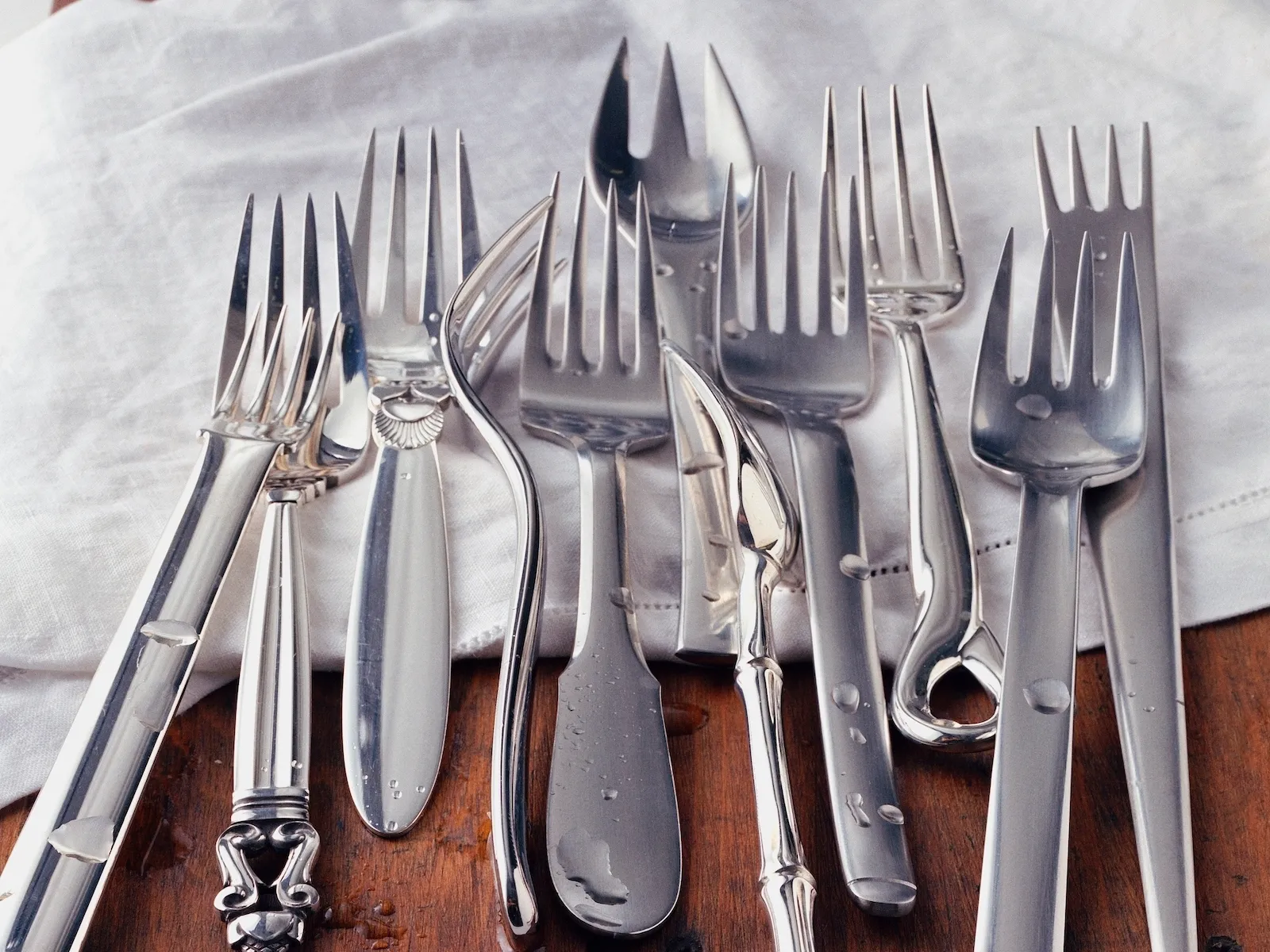
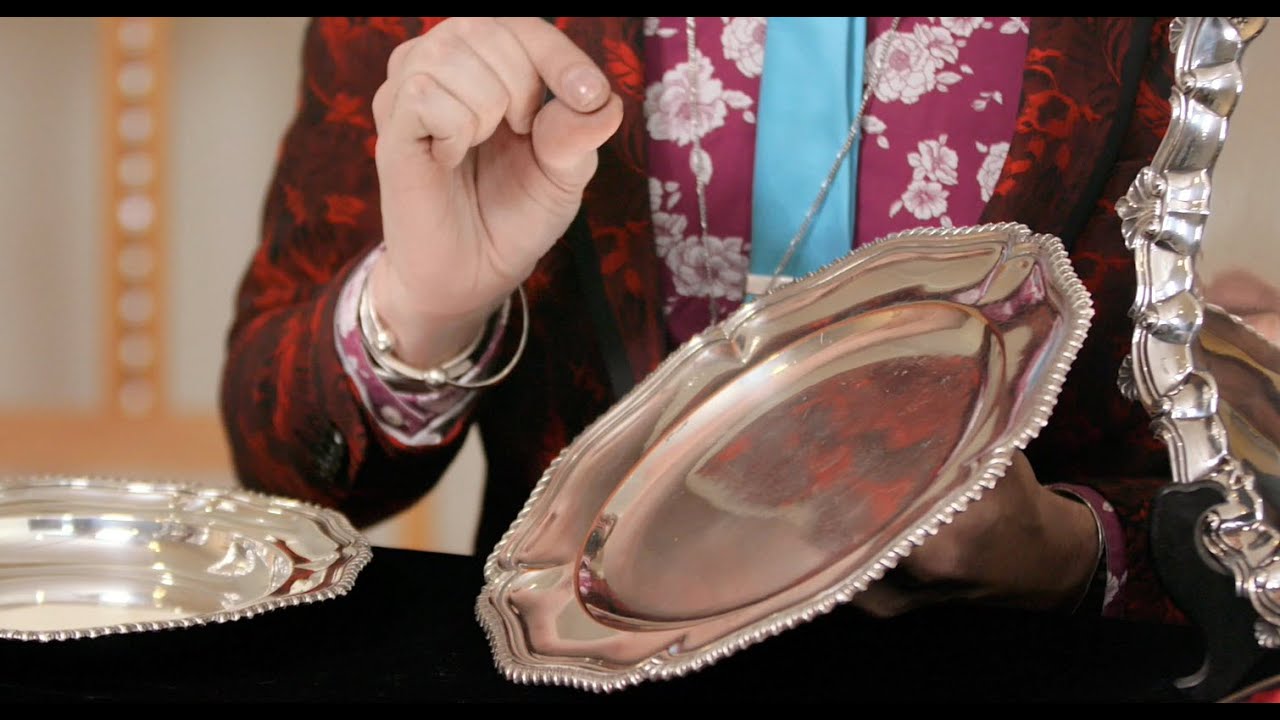
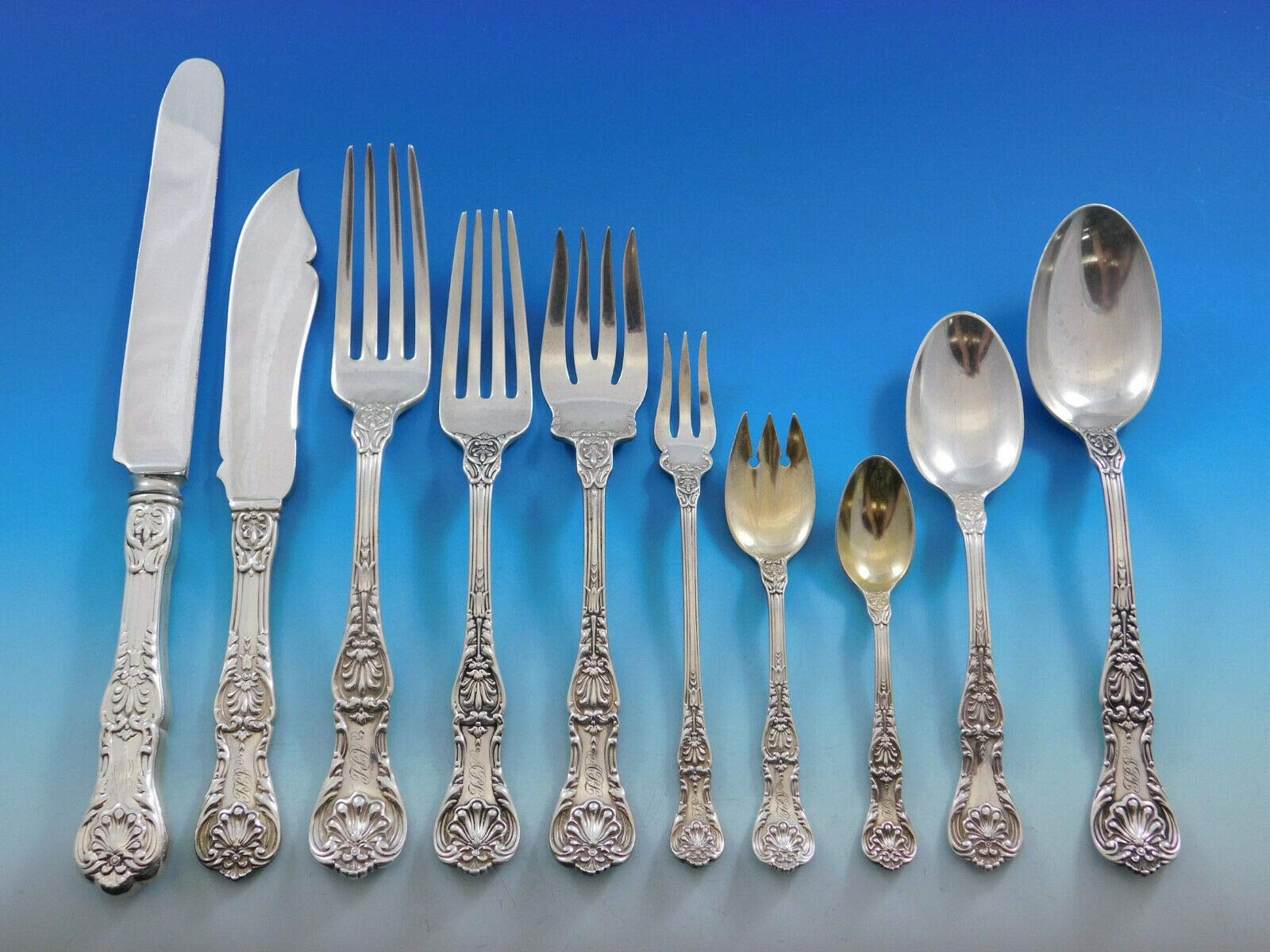
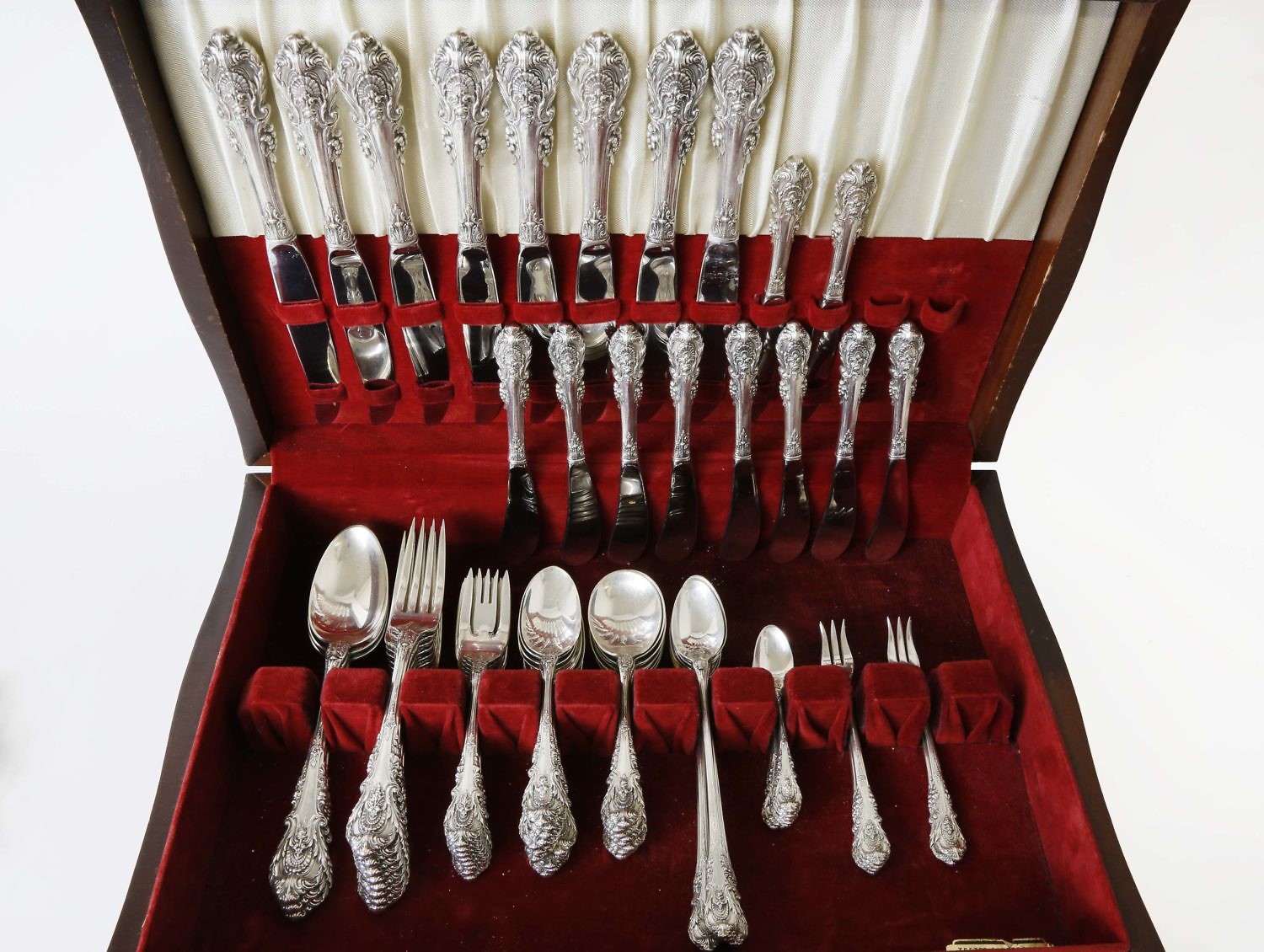
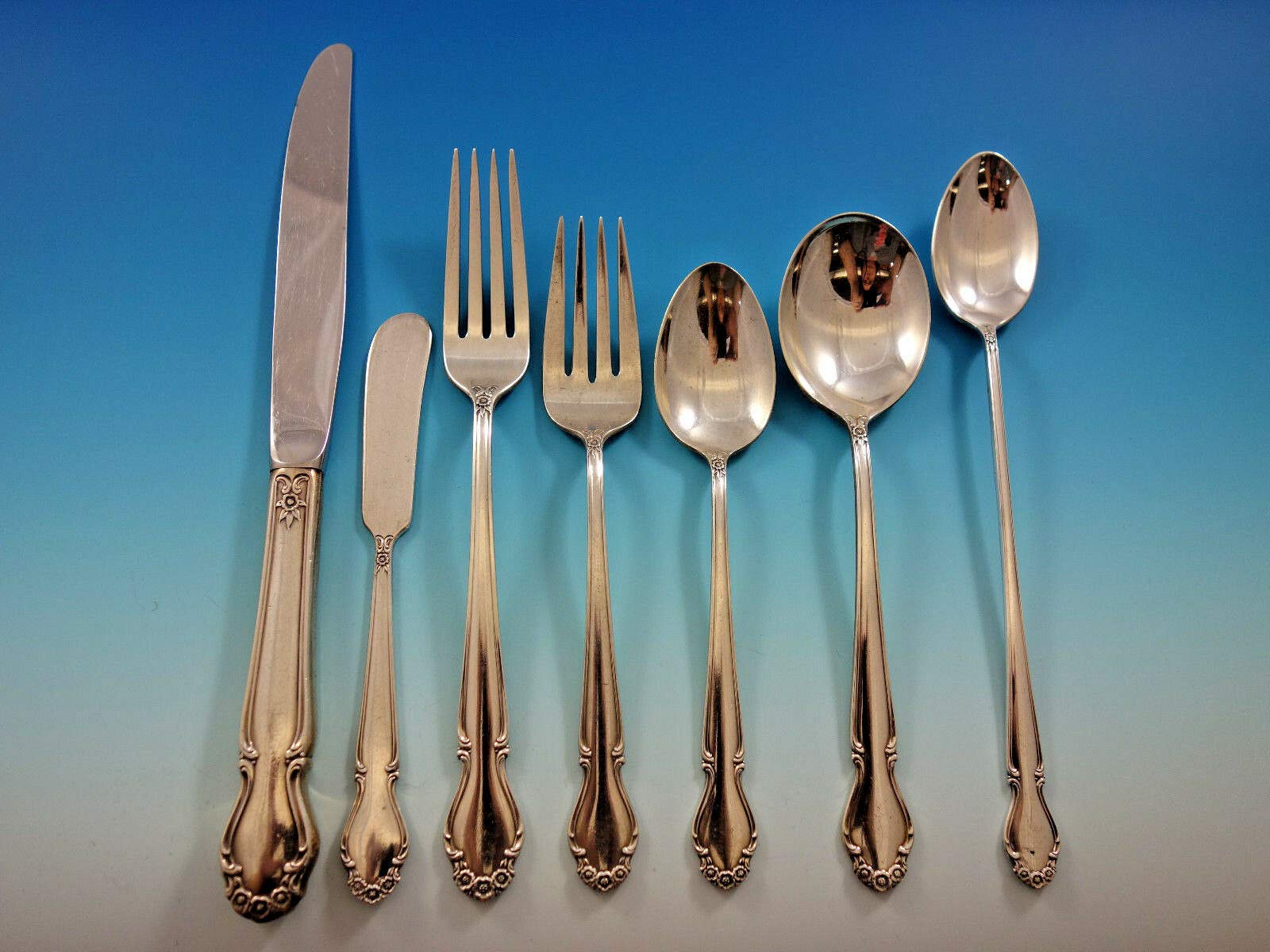
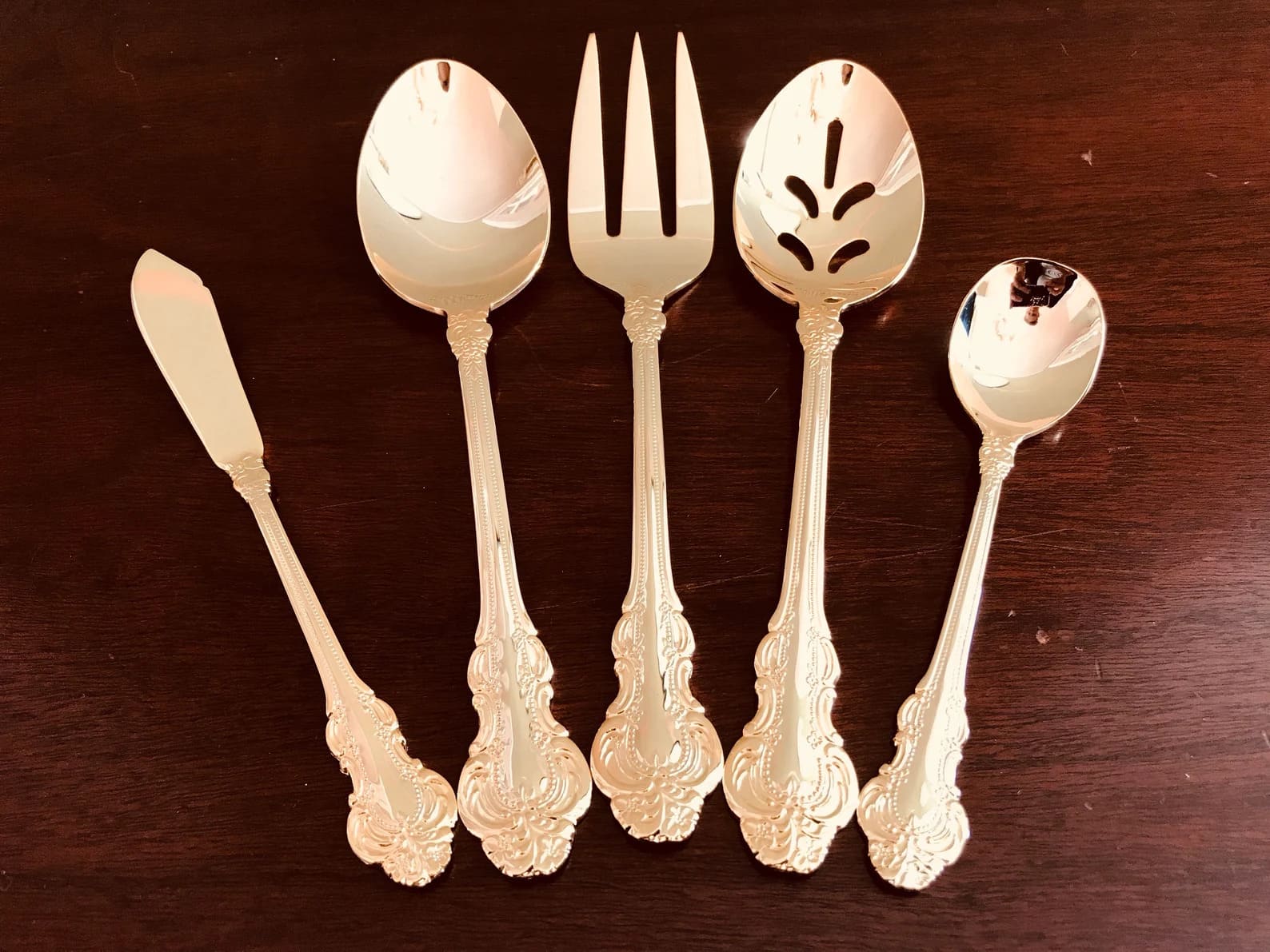
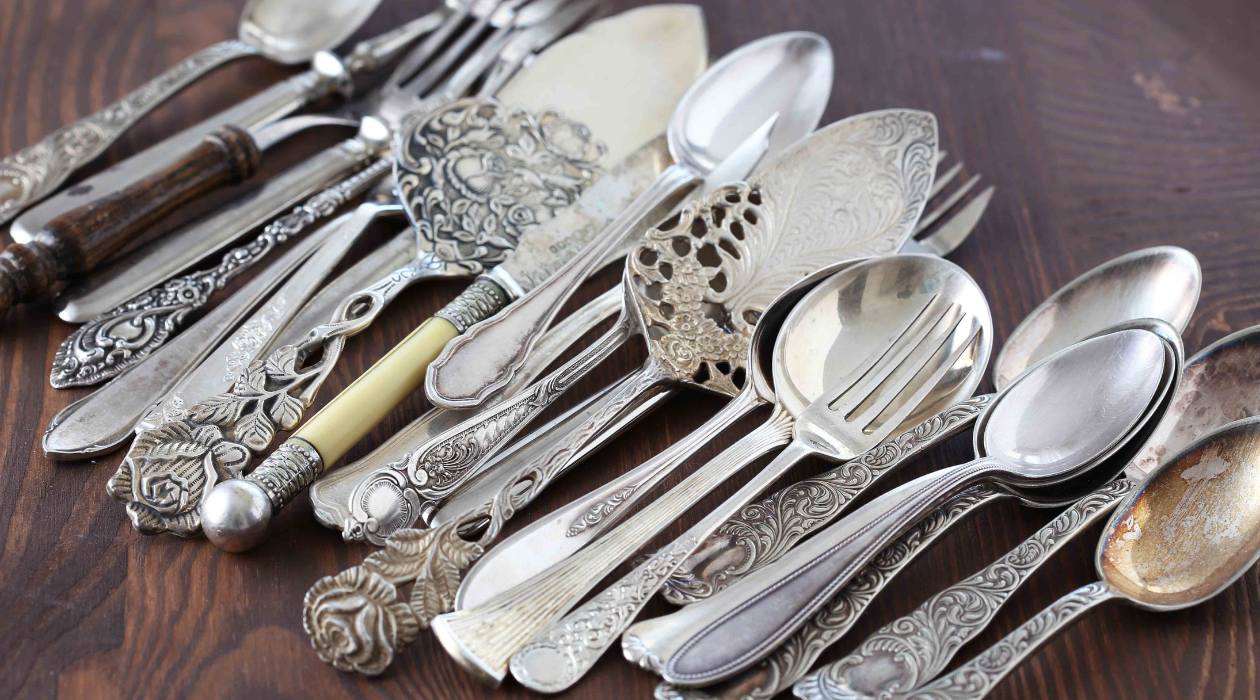
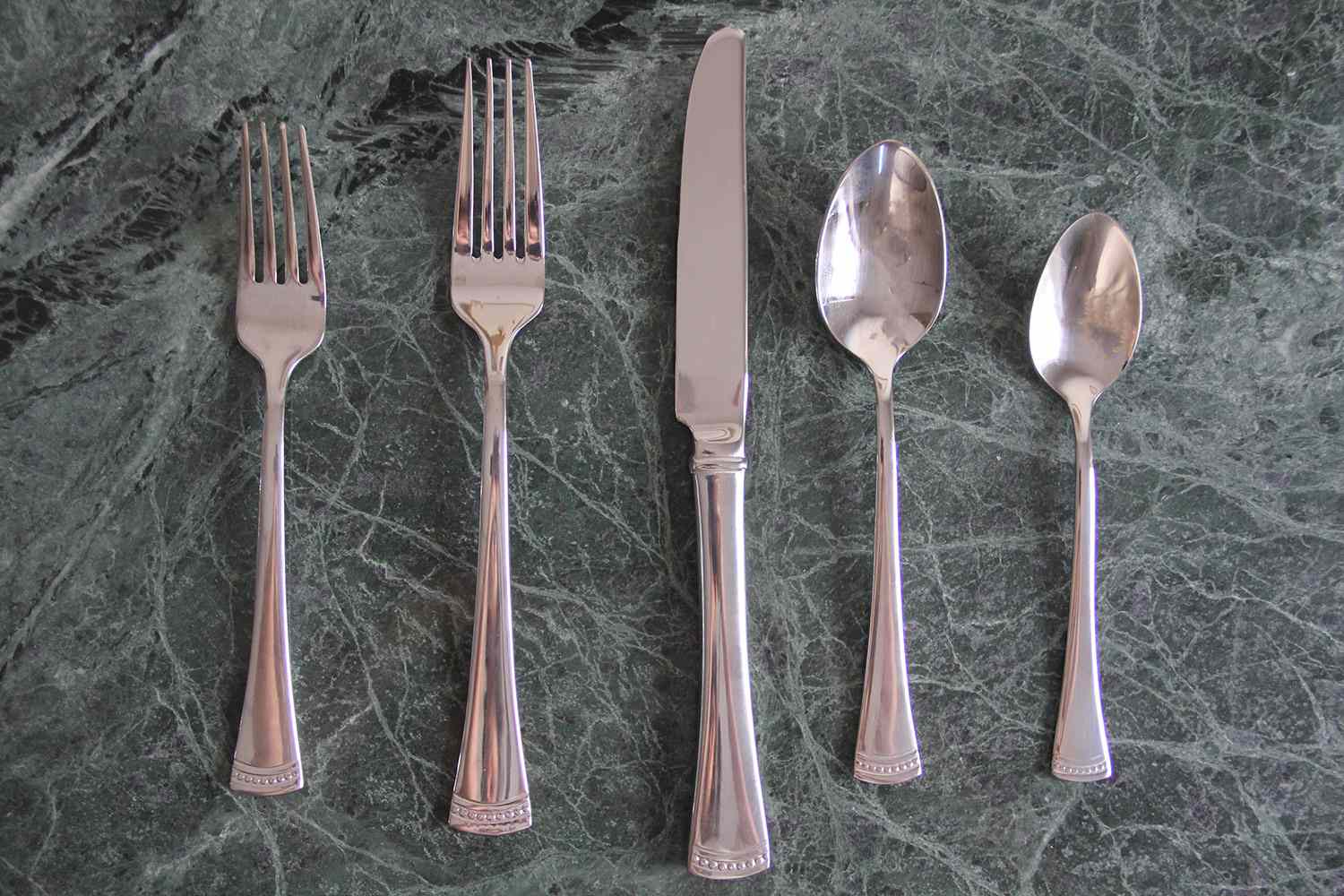
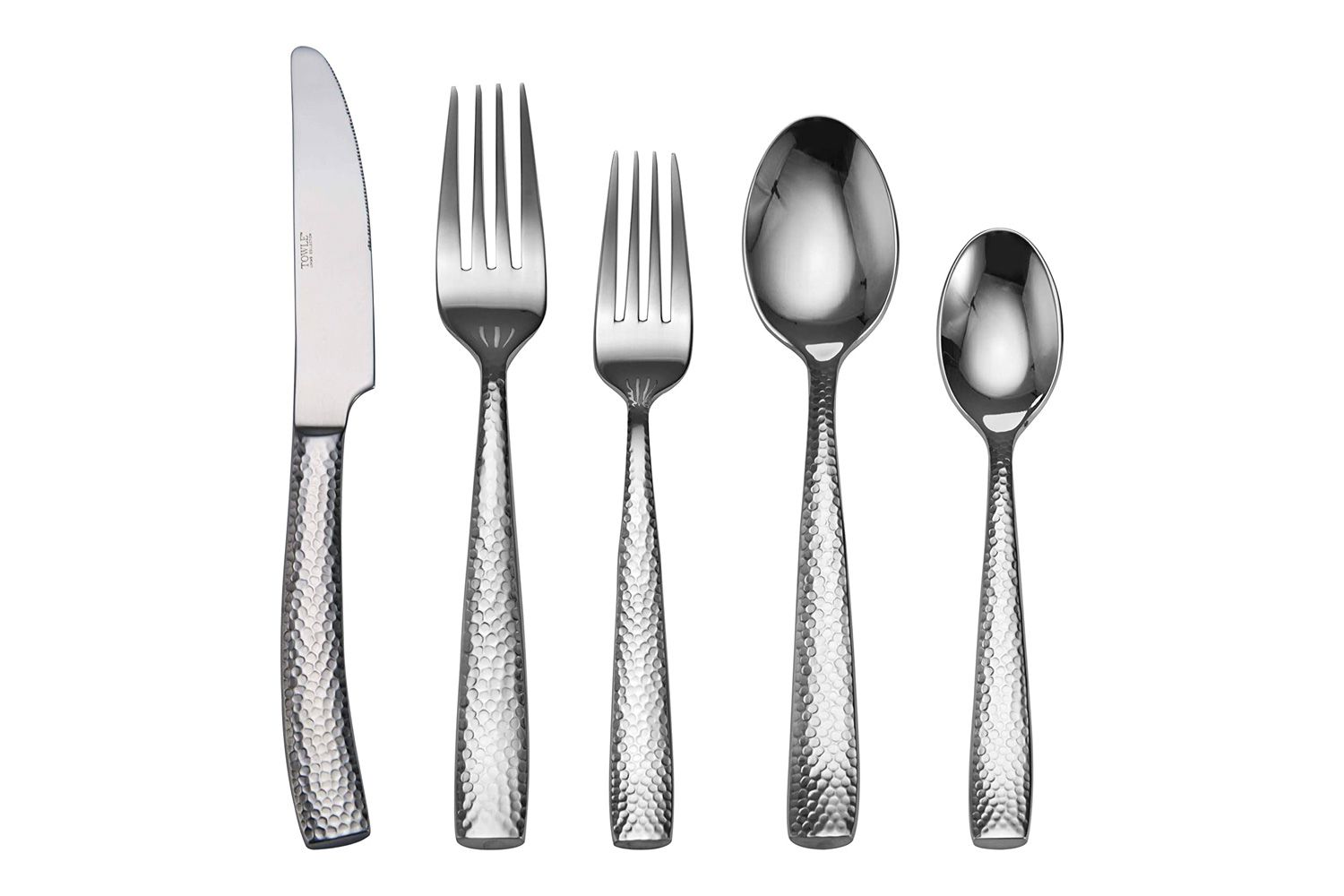
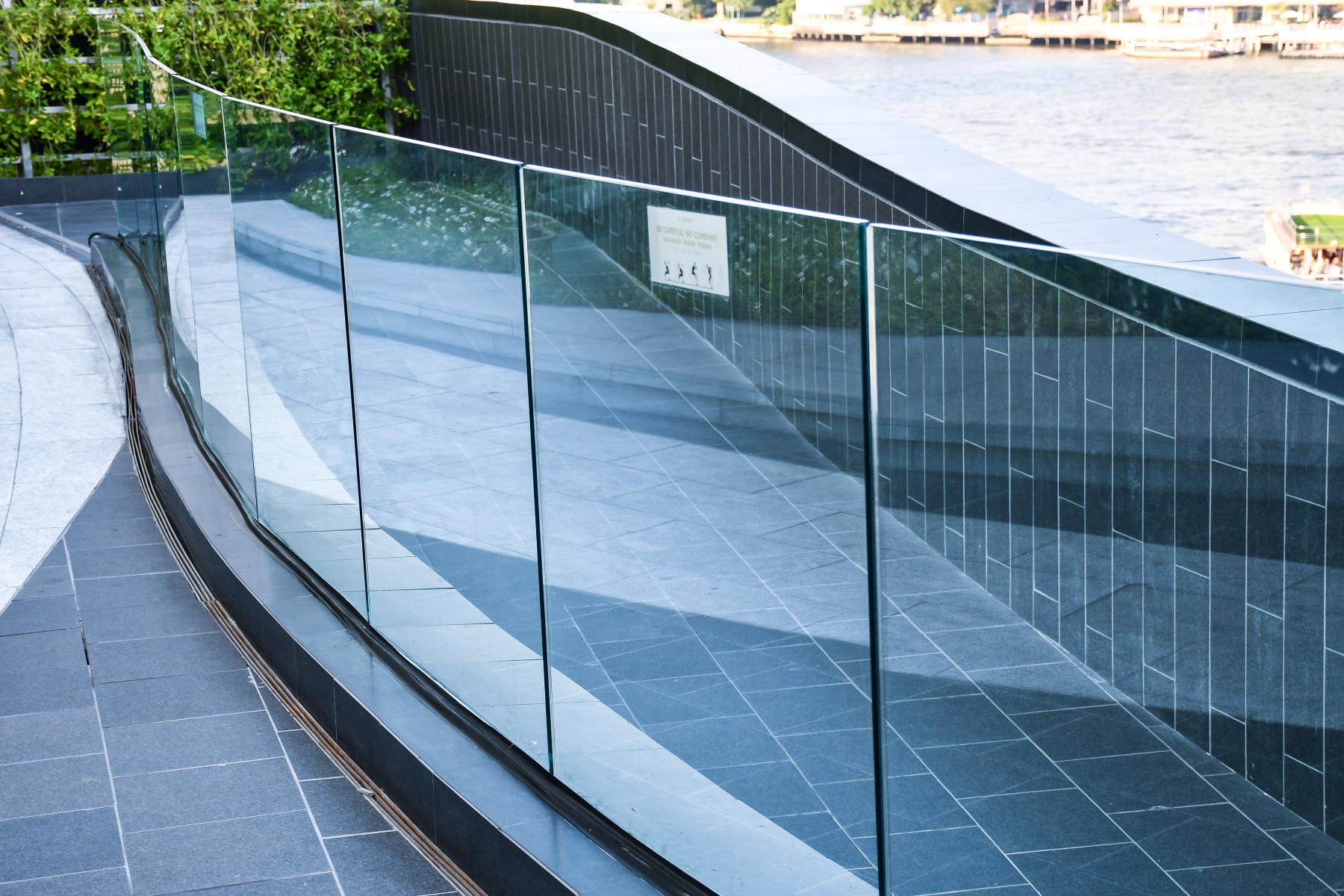
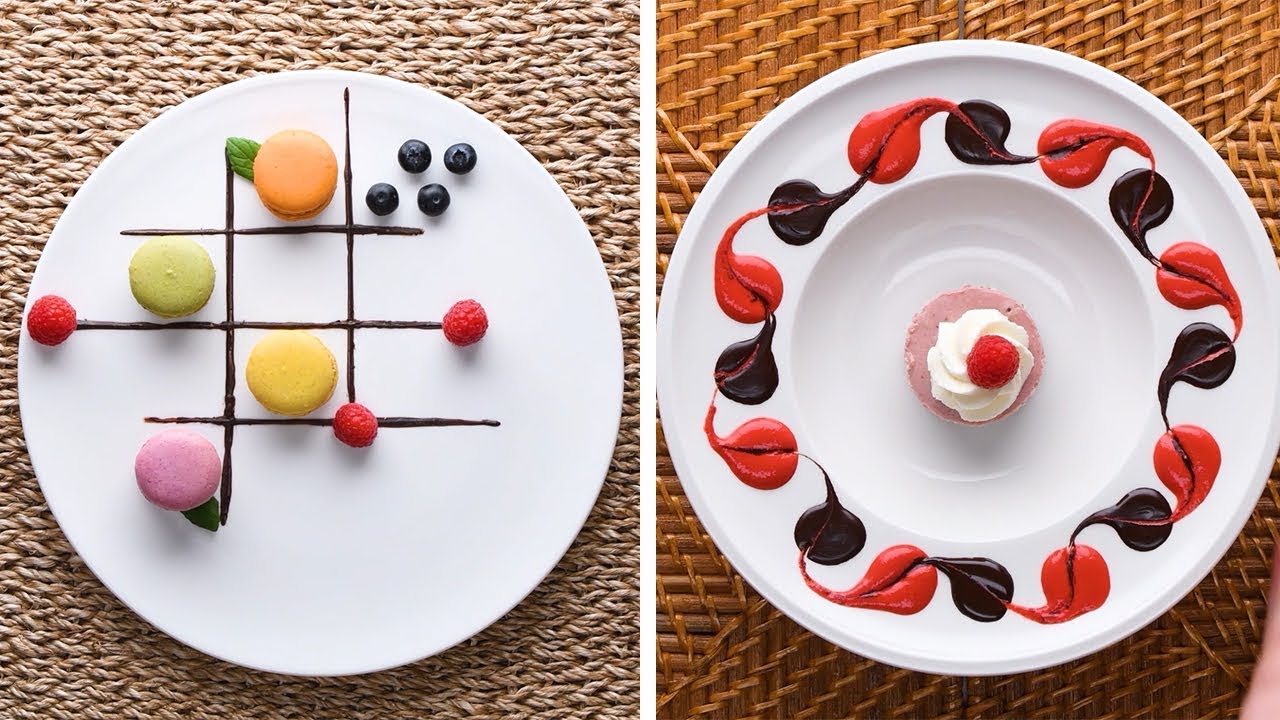


0 thoughts on “What Is Silver-Plated Flatware”